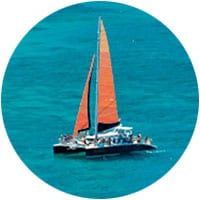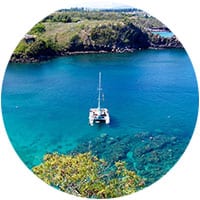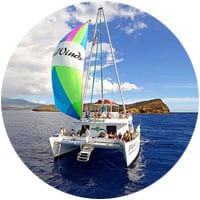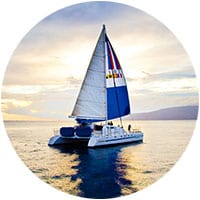Kahoʻolawe & Navigation
Kahoʻolawe’s Past • Kahoʻolawe’s Today

Kahoʻolawe is situated at the piko (navel) of the Hawaiian chain; this central location made the island ideally positioned to observe, teach and learn the winds, ocean currents and trajectories of the sun and stars – the essential tools of non-instrument navigation.
Kahoʻolawe's Past
For more than a thousand years, guided by their intimacy with nature, na hoʻokele kahiko (ancient navigators) embarked upon the historic months-long voyages between Hawaiʻi and Tahiti from a traditional launching site – the westernmost point of Kahoʻolawe – known as Laeʻo Kealaikahiki (Point of the Pathway to Tahiti).
By knowing where the sun rises and sets on the horizon, plus the direction and characteristics of winds and currents, the navigator determines the canoe’s position during the day. At night, guided by na hoku paʻa (the fixed stars), which also follow seasonal sky routes, the navigator holds course relative to those trajectories until the sun rises again.
Kahoʻolawe was formally handed back to the state of Hawaii from the U.S. Navy in 1994. Following the completion of demining and various environmental rehabilitation undertakings, control of access to Kahoʻolawe was ceded to the state in 2003 by the Navy. With the backing of DOH, KIRC has shouldered the responsibility of reviving and maintaining the island’s ecological balance until it can be transitioned to the management of a Native Hawaiian entity. The island currently holds a place on the National Register of Historic Places.
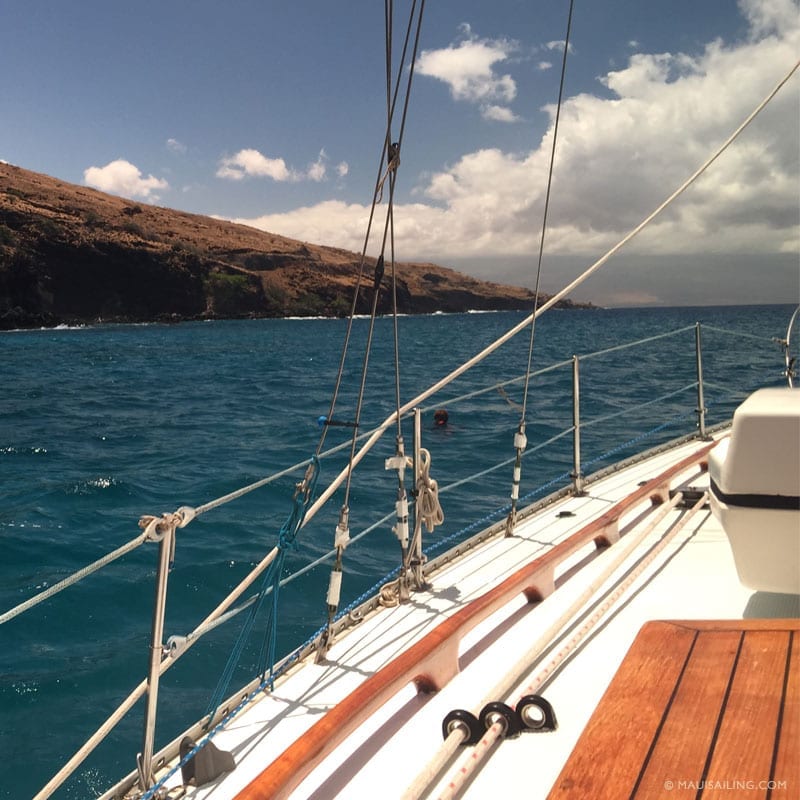
Kahoʻolawe's Today
Kahoʻolawe is still recognized as an ideal classroom for new generations of non-instrument navigators.
In October of 2004, the Kahoʻolawe Island Reserve Commission, together with the Project Kahoʻolawe ʻOhana, Grand Master Navigator Mau Piailug of Satawal, and the captains and crew members of the eight voyaging canoes of Hawaiʻi, dedicated an observation platform at Lae’o Kealaikahiki for use as a centerpiece for the education and training of novice and future way finders from the voyaging ʻohana (family) of Hawaii.
Like their ancestors before them, today’s navigators sail into the vastness of the seas guided solely by the winds, the ocean currents, the sun, and the stars.
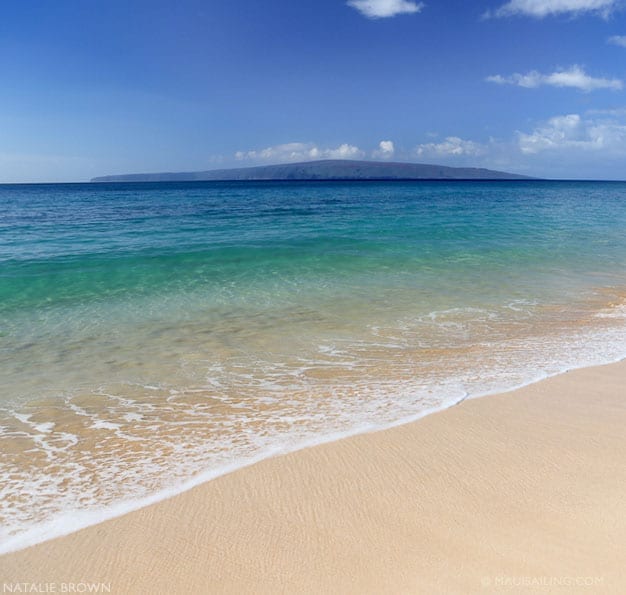

Kahoʻolawe's Today
Kahoʻolawe is still recognized as an ideal classroom for new generations of non-instrument navigators.
In October of 2004, the Kahoʻolawe Island Reserve Commission, together with the Project Kahoʻolawe ʻOhana, Grand Master Navigator Mau Piailug of Satawal, and the captains and crew members of the eight voyaging canoes of Hawaiʻi, dedicated an observation platform at Lae’o Kealaikahiki for use as a centerpiece for the education and training of novice and future way finders from the voyaging ʻohana (family) of Hawaii.
Like their ancestors before them, today’s navigators sail into the vastness of the seas guided solely by the winds, the ocean currents, the sun, and the stars.
Kahoʻolawe Restoration Efforts
After emerging from the pandemic last year, Naho’opi’i mentioned that KIRC observed approximately 300 individuals traveling to the island for employment and volunteer opportunities. However, this number remains notably lower than the pre-COVID figures of around 800 workers and volunteers who used to visit. KIRC has focused efforts on recruitment and hopes to gain 400 – 500 more volunteers by the end of 2024.
Among those who come are young people, environmental advocates, and community collectives. These volunteers play a vital role in rejuvenating and invigorating the island, all the while gaining insights into the ongoing restoration efforts and the island’s unique character.
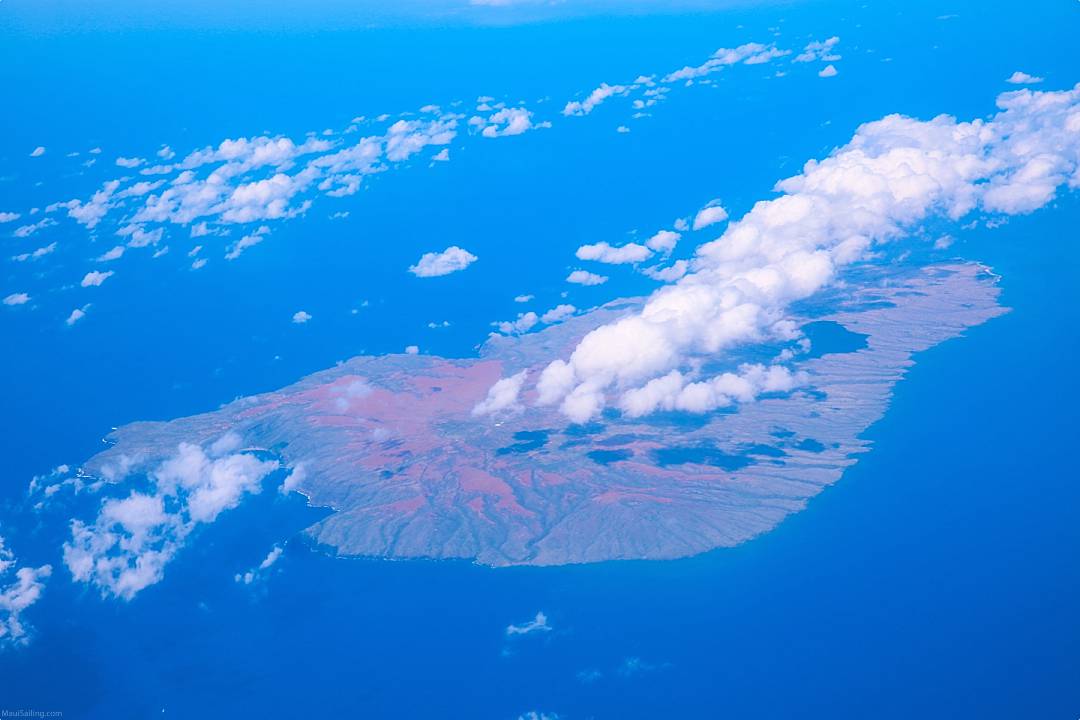
In the previous year, KIRC, along with its volunteers, successfully executed the 2021 Hakioawa Operation and Maintenance Plan. The funding for this project was secured through the state Department of Health’s Clean Water Branch. This 18-month endeavor involved mitigating sediment accumulation and enhancing water quality within the Hakioawa Watershed. This was achieved through installing 20 check dams, coupled with the inspection and repair of wattles and irrigation lines that had been initially established during a previous DOH initiative. All of this work took place across a 37-acre expanse.
At the Maui Ocean Center in Maʻalaea, you can see an entire exhibit dedicated to the history of Kahoʻolawe and the healing process involved in restoring the island.
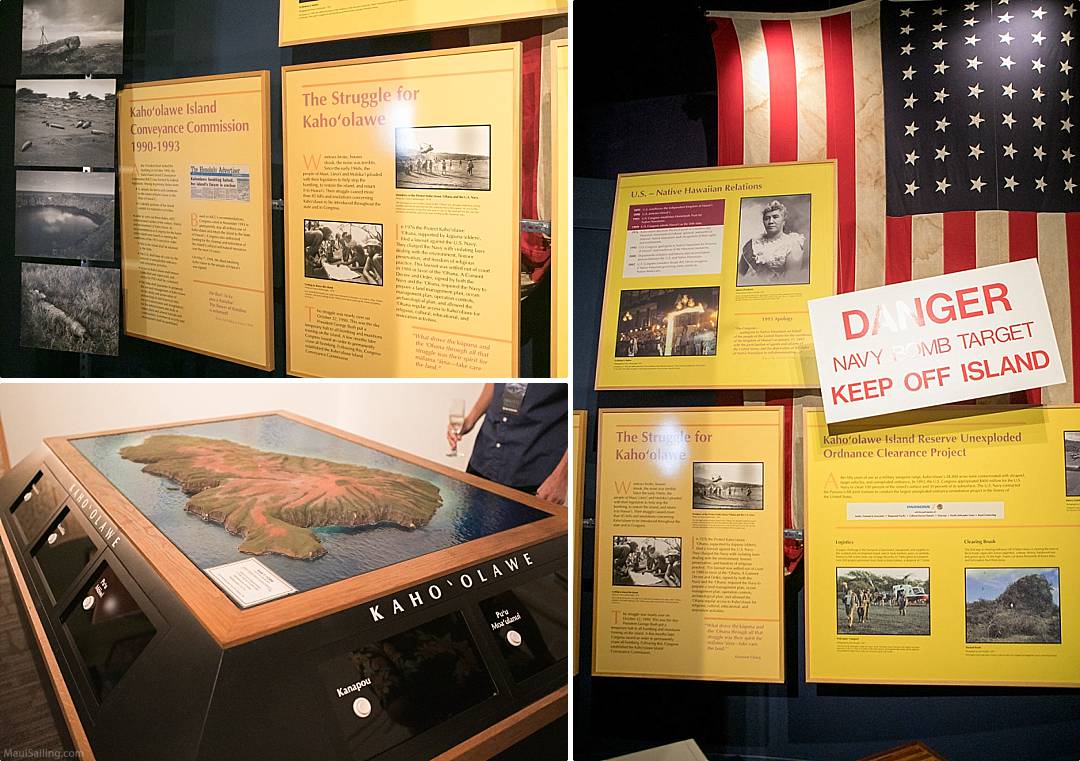
The Kahoʻolawe Island Reserve Commission manages the island of Kahoʻolawe and its surrounding waters. Support of KIRC’s cultural, environmental, and marine resources restoration programs may be made by tax-deductible donations to the Kahoʻolawe Island Rehabilitation Trust Fund. For more information please contact the Kahoʻolawe Island Reserve Commission at (808) 243-5020 or visit www.kahoolawe.hawaii.gov.
Mahalo to Polynesian Voyaging Society and Naʻalehu Anthony/Paliku Documentary Films for the use of the voyaging canoe image. Mahalo to Hoaloha ʻAina, Hoʻolawa Farms, and the Hawaiʻi Tourism Authority for their support.
Maui Sailing Charters
When sailing in Maui, there are many options. Below are some of our favorite Maui Sailing Tour boats.
Kai Kanani
Maalaea Harbor Slip #56
65ft Catamaran
Pacific Whale Foundation
Pacific Whale Foundation Ocean Store, 612 Front Street, Lahaina
Maui Classic Charters
Maalaea Harbor Slip #80 & 55
55ft Catamaran
Trilogy
Maalaea Harbor Slip #99 & #62.
50 ft Catamaran
Fun Sailing Facts
Gybing = turning away from the direction of the wind.
Tacking = turning into and through the wind.
Running = sailing with the wind direction.
Reaching= sailing at a right angle to the wind. This is the fastest way to sail.
Heaving To = is a way of completely stopping for a moment while the sails are full.
More About Maui
The Haleakala Crater sits over 10,000 feet above sea level and above most weather. This, along with the clean clear skies in the Pacific make it one of the 5 most important Astronomical sites in the world.
The access to clear stars has always been important to Hawaii. Before electronic and magnetic instruments, the ancient Hawaiian and Polynesians guided their boats across the ocean by watching the “Fixed Stars.”

